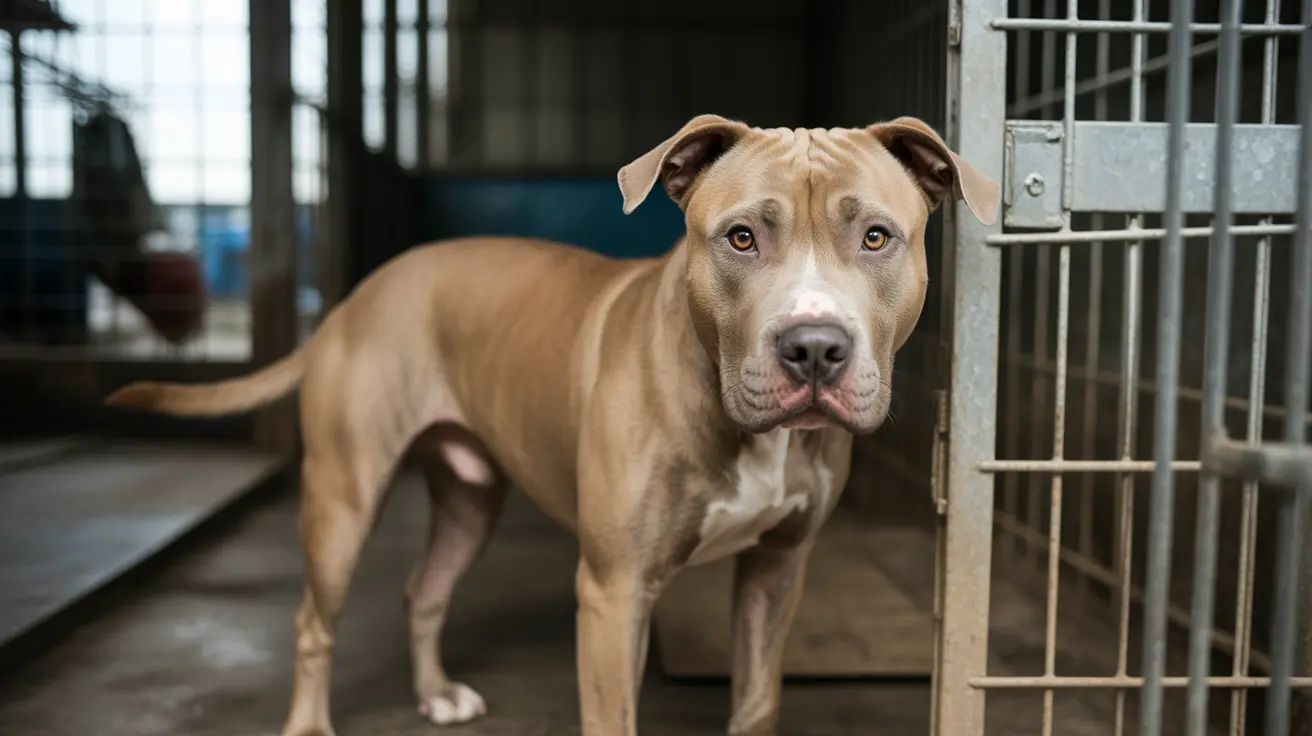Understanding the 3-3-3 Rule for Dog Training and Adoption
Bringing a new dog into your home, especially one from a shelter or rescue, comes with a range of emotions and responsibilities. To help ease this transition, many trainers and adoption counselors recommend following the 3-3-3 rule. This guideline offers a helpful framework to understand what your adopted dog may be going through and how to support them appropriately during their initial days, weeks, and months in their new environment.
What Is the 3-3-3 Rule?
The 3-3-3 rule outlines an estimated adjustment timeline that dogs often follow after being adopted into a new home:
- 3 Days – Decompression period: The dog may feel overwhelmed, anxious, or shut down.
- 3 Weeks – Settling-in period: The dog starts to feel more comfortable and begins to understand routines, boundaries, and your expectations.
- 3 Months – Full adjustment: The dog typically feels secure and is forming a strong bond with the family, showing its true personality.
Understanding this timeframe can help pet owners be patient and allow the dog the time it needs to transition smoothly and successfully.
First 3 Days: Decompression Period
When a dog first arrives in a new home, it's often in a state of stress and confusion. Everything is unfamiliar—the people, the smells, and the environment. During this period, the dog may:
- Hide or avoid human interaction
- Refuse to eat or engage in play
- Have potty accidents due to stress or fear
- Sleep excessively or appear lethargic
What you can do:
- Provide a quiet, safe space for your dog to relax.
- Avoid overwhelming the dog with too much attention or activity.
- Stick to a regular eating and bathroom schedule.
- Begin crate training if appropriate, but do not force interaction.
Week 1 to 3: Learning Routine and Building Trust
By the second week, your dog will begin to pick up on the household routines. You may start to see more curiosity and interaction. This period is crucial for starting training and establishing boundaries.
What typically happens:
- Increased comfort and exploratory behavior
- Greater interest in family members
- Initial behavioral issues may surface
- Start of forming trust with the owner
Recommended actions:
- Establish a consistent training and potty schedule
- Use positive reinforcement to encourage desired behaviors
- Supervise closely, especially during free time inside the home
- Introduce the dog gradually to other pets and people
3 Months and Beyond: Full Adjustment
At the three-month mark, most adopted dogs will have developed a strong bond with their human companions. They will feel at home, exhibit their personality more openly, and respond consistently to house rules and commands.
What to anticipate:
- Increased affection and trust
- Confidence in navigating routines and household rules
- Possible emergence of separation anxiety or territorial behavior
- Stronger responses to known cues and commands
Ongoing support needed:
- Continue training and reinforce good habits
- Provide mental and physical stimulation
- Maintain regular vet checkups and socialization
- Be alert to any signs of behavioral issues and address them proactively
How the 3-3-3 Rule Supports Potty Training
Potty training an adult dog can be especially challenging if they’ve never lived indoors or associate outdoor elimination with fear or previous bad experiences. The structured approach of the 3-3-3 rule helps in potty training by:
- Creating a consistent routine that the dog learns to expect
- Giving the dog time to build trust, which is critical for training compliance
- Allowing the owner to monitor patterns and provide timely bathroom breaks
- Reducing anxiety-related accidents by promoting stability and predictability
Lasting Success: Patience and Consistency Are Key
Following the 3-3-3 rule does not guarantee smooth sailing, and every dog adjusts at its own pace. However, it gives a compassionate framework for new pet owners, setting realistic expectations for progress. With consistency, positive reinforcement, and an understanding of the dog’s needs, your new companion can transition into a happy and well-adjusted member of your home.





